A few days ago, I posted about the Serengeti, the first blog in my Safari series. If you missed it, you can read it here! Tanzania is so diverse and has so much to offer, so we decided to split our time between the Serengeti Plains and Ngorongoro Crater. Although they are pretty much neighbors on the map, these two conservation areas could not be more different!
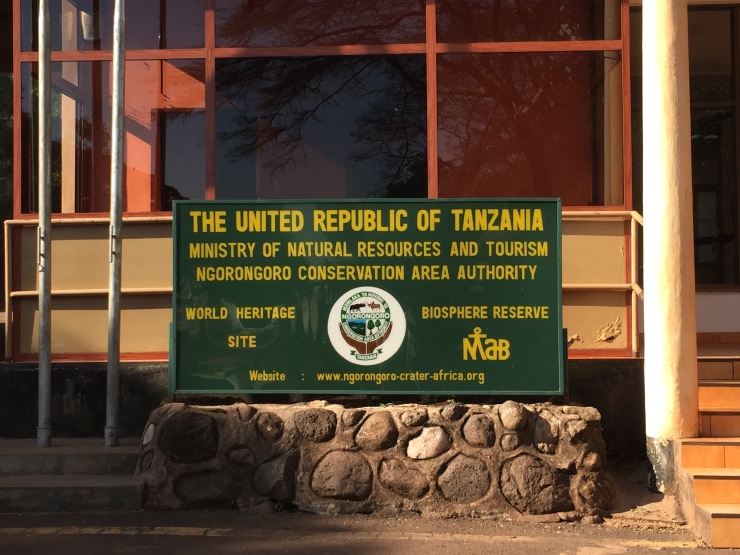
To give you some background information, the Ngorongoro Crater was once an active volcano that imploded, causing a caldera or volcanic crater. It is believed that, before its fall, Ngorongoro was actually taller than Mount Kilimanjaro. Now, one of the seven natural wonders of Africa, the remaining crater has now created an oval shaped basin about 21 kilometers wide by 19 kilometers long. Due to the rocky layer from the crumbled mountain, roots cannot go very deep, making the crater floor mostly plains, with the exception of one forest and two marshes. The remaining walls of the volcano now look and act as a circular mountain range, closing the crater floor off from the rest of the plains. Animals can still get in and out if desired, but due to the steep crater walls and the complete ecosystem within the crater, most remain in the crater.
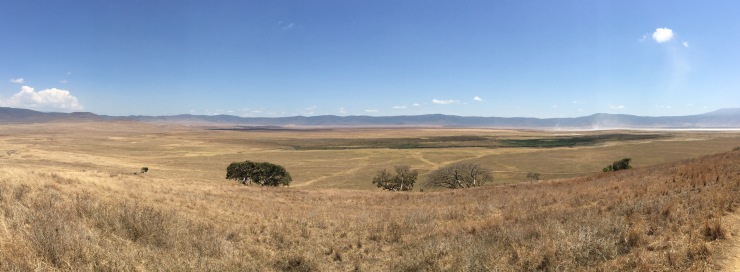
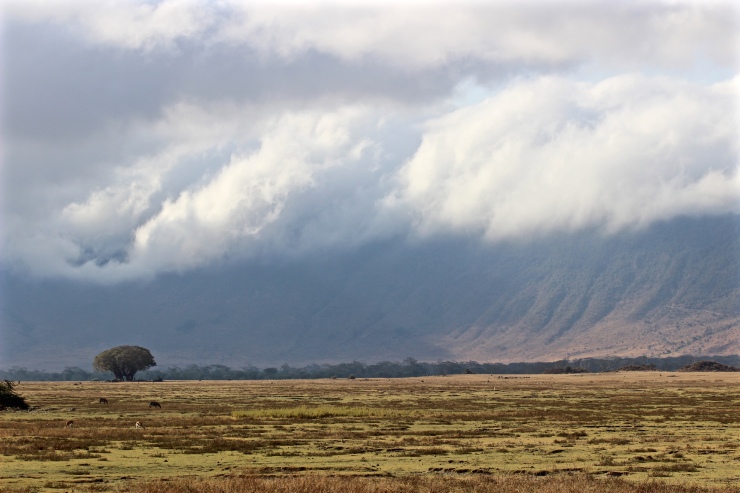
To access the crater, one must drive up and over the crater wall and down to the crater floor. The drive on the dirt road can take up to two hours, one way, depending on weather, or even elephants in the road. This conservation area is run by the Tanzanian government, unlike the game reserve we were previously at, so there are very strict guidelines for entering/exiting, driving through, and viewing game in the conservation area. Also important to note, a conservation area is different from a game reserve or even a national park. Game reserves are usually privately owned by a company or individual, allowing them to determine guidelines, etc. A national park is usually strictly for nature and game to be preserved according to the country’s guidelines, but no human habitation can occur. A conservation area can often allow for humans to live or tour in the area, as long as they adhere to specific and strict guidelines. Since Ngorongoro is a conservation area, they allow the Maasai tribe to continue living in and around the crater as they have for many generations. Traditionally, Maasai tribes are warriors and grazers, defending their tribes and grazing cattle. They live in small villages composed of several huts and are often identified by their bright red wraps they wear.
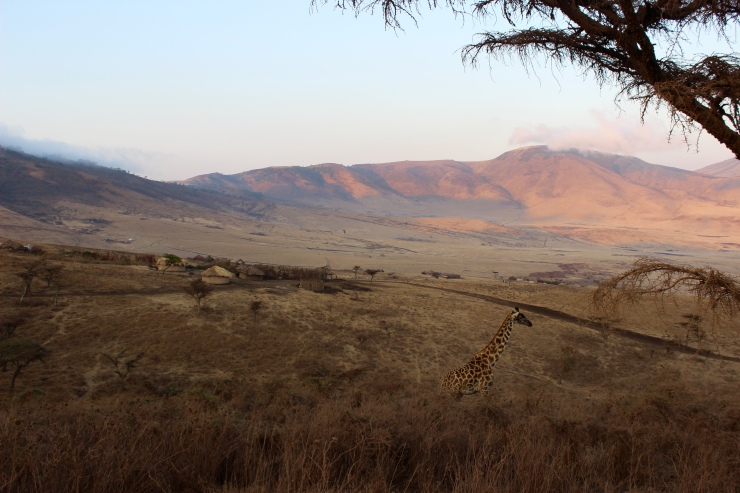
Viewing the crater from above, it seems as though it is barren and lifeless, but once you descend the 2000 feet of elevation, its entire ecosystem is quickly seen. As opposed to the Serengeti where there is plenty of space to roam (or escape a predator), the confined space of the crater naturally allows for more animal interaction. Herds mingle, prey accidentally walk right in front of sleeping predators, movement can be spotted from far off, resources can be scarce, but always shared. We saw more animal interaction in our short time there than we did in over a week in the Serengeti!
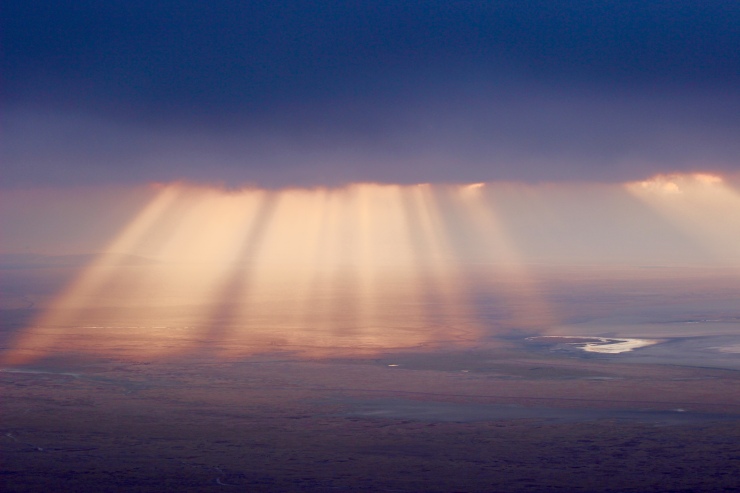
One of my favorite interactions was seeing two Thomson gazelles dueling. Unlike impalas who live in bachelor herds, Thomson males live on their own and are very territorial. Their territory is more than just where they live, this also determines who they mate with. If a male challenges another’s territory, it will result in a fight like is pictured below. The two males will wrestle, pushing the other with their head and/or horns. The first to surrender, give up, or get tired must immediately flee the area or risk getting hurt by the champion. Sometimes, their horns can accidentally lock together. This can have serious consequences if they cannot untangle themselves, such as one breaking a neck, a broken horn, or a predator taking advantage of the stuck animals. As we watched this match, they did actually get stuck and struggled for quite a while. However, I am happy to report they were able to untangle themselves, a winner was declared and the loser was chased off his territory.
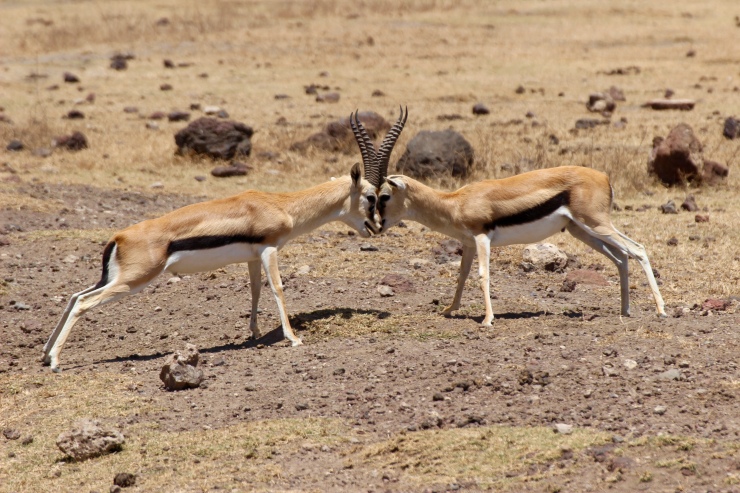


Another thing we loved about the Ngorongoro Crater was the lions! Although we saw more cats (including leopards and cheetahs) in the Serengeti and were able to get much closer to them, they were often sleeping or not doing much due to their nocturnal nature. In the Ngorongoro Crater, these cats were almost always on the move!
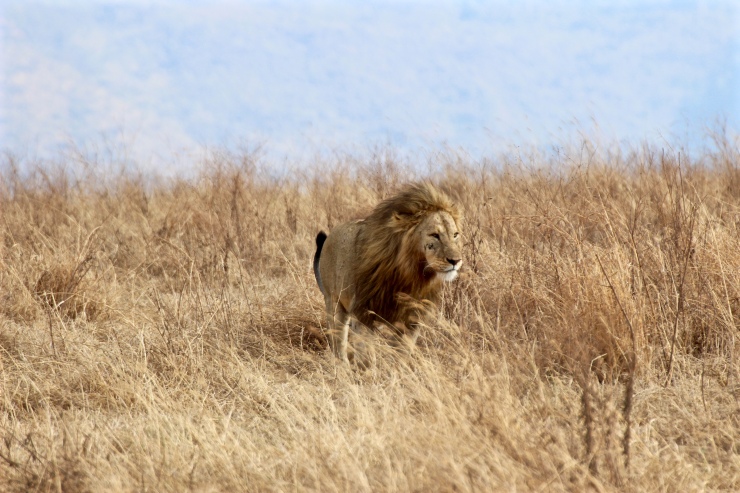
In the Crater, many habits (eating, sleeping, etc) are different due to the geological circumstances of living in the Crater. If prey walks by a predator, they might go after it, even if they’re not hungry. We got to see many different instances of lions stalking and chasing, eating, or protecting a prey they had just killed. We even witnessed a lion chase down an unsuspecting warthog, the warthog barely escaping with its life! On the surface, the killing of any animal can seem terrible. However, this seemingly “bad” part of the circle of life is just another example of God’s perfect design within Creation. The most obvious results of lion killing a prey are that a lion (and his or her pride) is fed and natural population control of herds of zebra and wildebeest. However, there is so much more. After a lion and his pride have had their fill, they move on looking for water. Waiting very close behind them are the scavengers – hyenas, jackals and other small carnivores. After the first round have had their fill, the next group moves in. Vultures, other carnivorous birds and even safari ants (who only eat protein) all depend on larger predators to provide their basic necessities. None of these animals can kill or take down an animal such as a zebra or wildebeest, but their diet cannot survive without it, therefore by the Divine design of our Creator, the life and wellbeing of many species literally lives and dies by prey and predator relationships.
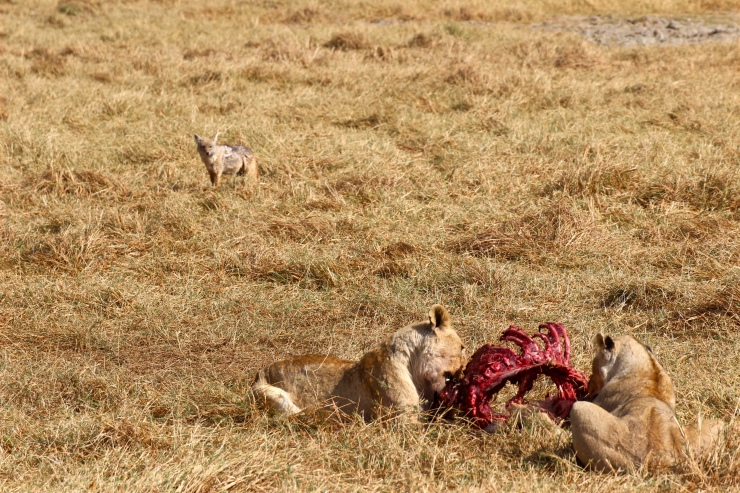

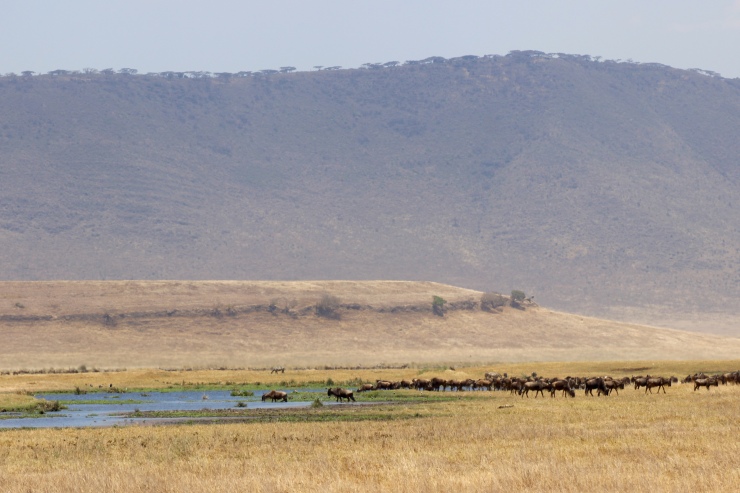
We did not have the opportunity to see a hippopotamus in the Serengeti, but in the two marshes within the Crater, hippos are happily bathing in the mud. These massive creatures are very territorial but if relaxed, often found just trying to cool off during the heat of the day.
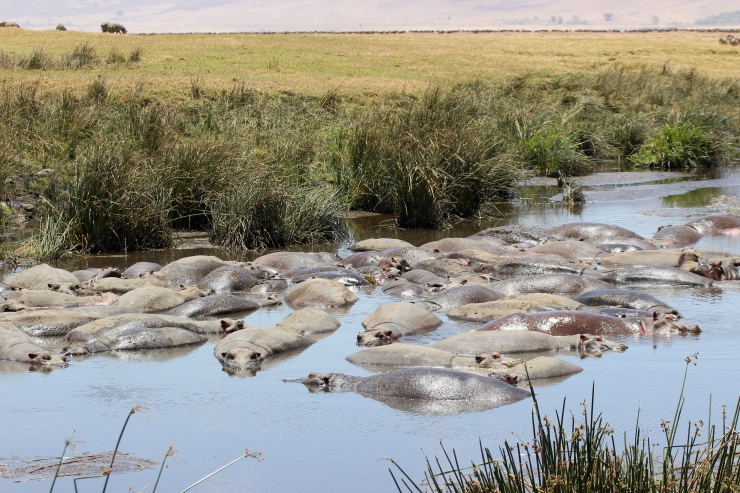
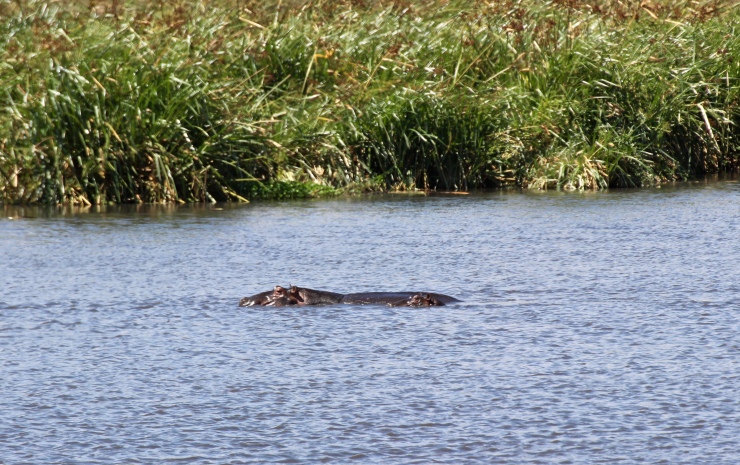
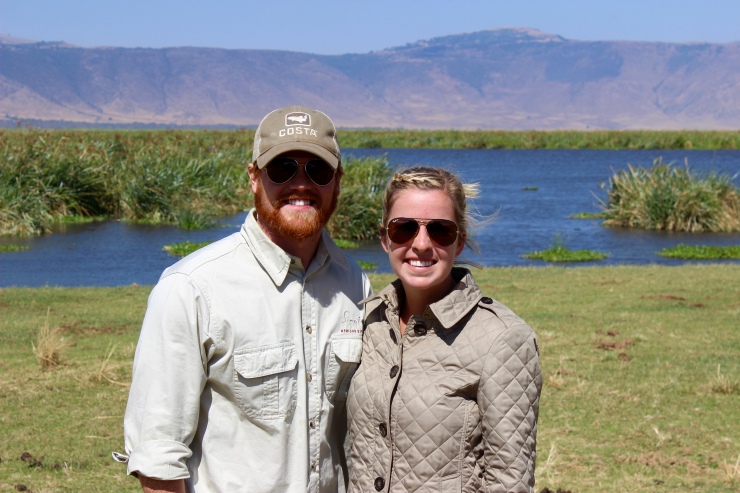
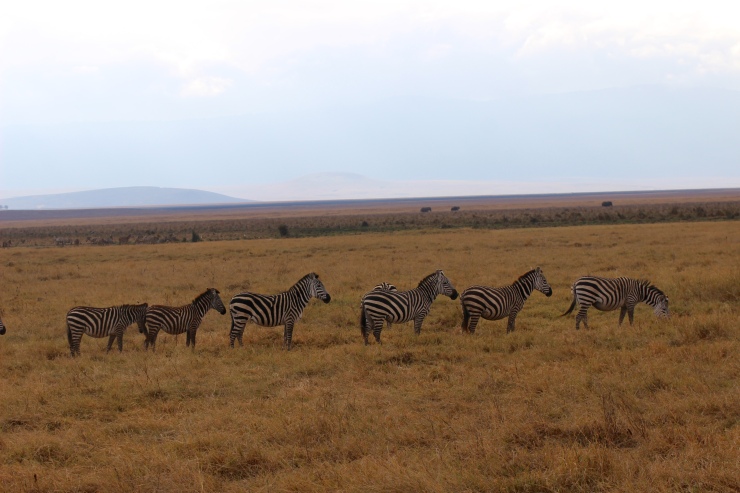
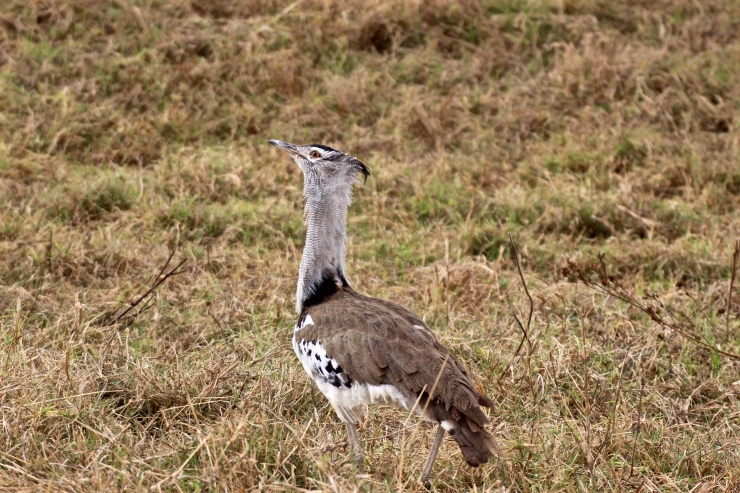
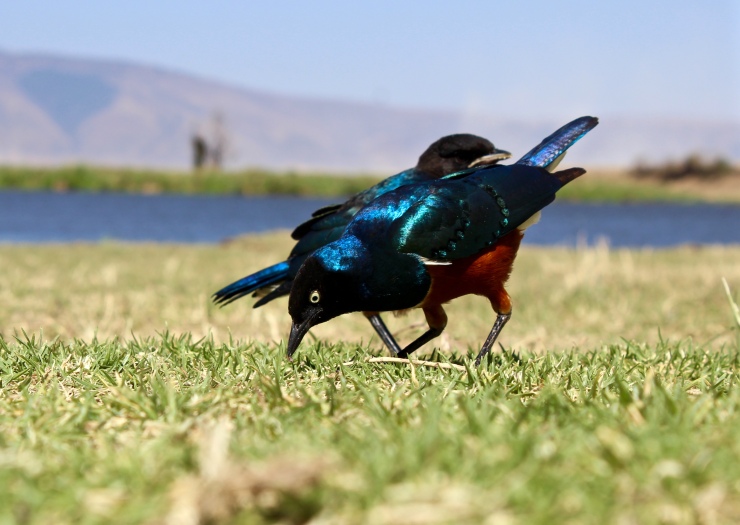

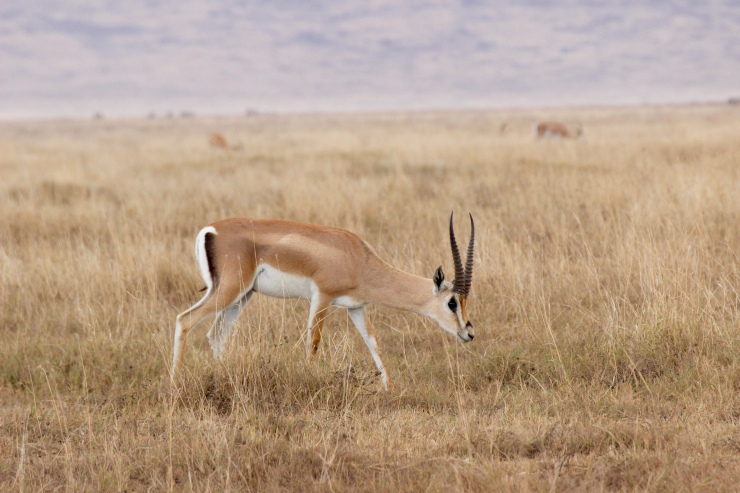
My mom traveled to Kenya and Tanzania in the late 1960s to safari with her mother and grandparents. Over the past few weeks, I have been sharing our experiences with her and we’ve been comparing stories. In every conversation, she kept saying how it was exactly as she remembered, to which I would think “Of course it is!” But it wasn’t until a comment she said just yesterday that it really struck me… She said, “Through the 50 years since I went to Kenya and Tanzania, everything man has made has changed, either by developing or deteriorating. But everything God has made has stayed the same.” She hit the nail on the head. His design, His will, His purpose.. everything is perfect and everlasting. He is unchanging.
Trying to write or even photograph what we experienced is near impossible. Not because it can’t be explained or captured, but just the way God lays out His creation and His perfect design… its just such a testimony to His good and perfect will. And if this is His design for animals and birds of the air, can you imagine how good and perfect His will is for us?

[…] Who doesn’t love babies? Especially animal babies! We saw so many babies on safari, I just couldn’t help it.. they needed their own blog post! Again, if you missed my other Safari posts, go back and read about the Serengeti and Ngorongoro Crater. […]
LikeLike
Your photos were amazing! Glad you got to see all these beautiful creatures.
LikeLike
LOVE what your mom said! So so humbling and so true. He is so good! And i have the circle of life stuck in my head now.
LikeLike